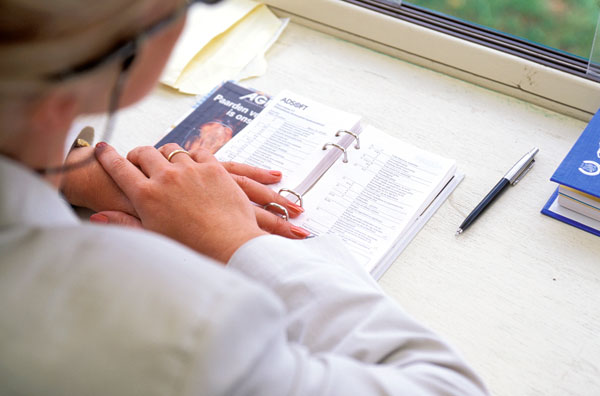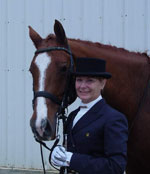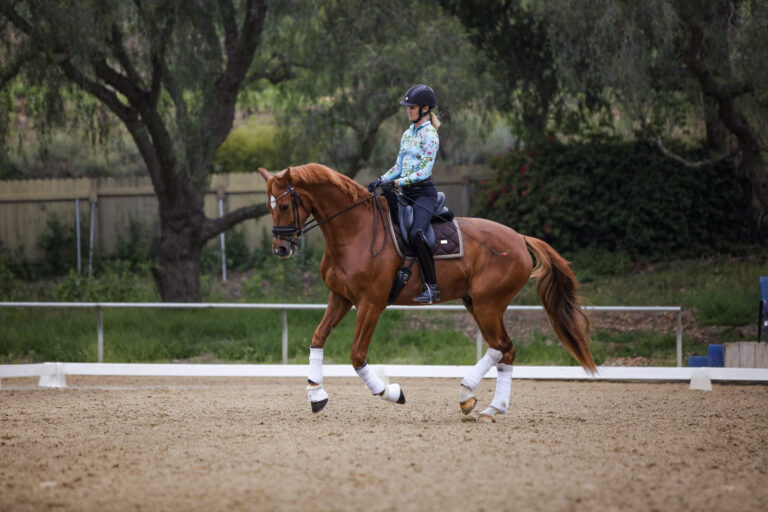Q: Do dressage judges take into account the different ways different breeds are moving? Can a dressage judge be really fair when faced with such a variety of breeds, especially at the lower levels of dressage? It seems to me that the fancy sport horse breeds are always the ones with the best scores. What, in your opinion, makes a good dressage judge? —Katie McIntosh of Newton, Massachusetts
A: A dressage judge always has to judge according to the Training Scale and the standards/criteria set forth by the FEI. It takes most judges our entire career to develop, review and update our scale to both evolve it according to our experience and understanding and then keep it at the highest level. That means that all dressage performances are subject to the same standard, regardless of the breed of the horse, the experience of the rider or the level of the show.

Judges should always evaluate the correctness of the Training Scale (the methodology), and then use this formula of the basics in addition to the criteria of the movements (when you look on your test, it describes how you do certain arena figures and movements) and the modifiers (which includes things that are not in the essence of the movements such as geometry). The more correct and thorough the training is, the higher the score will be.
There is some subjectivity in judging as judges will sometimes see movements a little differently or emphasize certain modifiers more or less than one of their colleagues. This can also happen when a rider is judged by a panel of judges who are viewing a performance from different vantage points around the arena. Evaluating your tests from a variety of judges over an entire show season should give you a good idea of your strengths and weaknesses.
Dressage judges can be fair and objective when judging a variety of breeds as long as they stick to their standards, which help them to evaluate each performance on its own merits. The “fancy” movers will not score higher if they are demonstrating incorrect training. An “average” mover will score higher if the training standard is demonstrated at a high level. However, it is true that the “exceptional” mover with exceptional, correct training will be rewarded the highest scores.
Remember there are also “non-brilliant” moves in every dressage test, which include halts, rein backs, turns on the haunches and walk pirouettes. These movements get a score and allow the average horse to earn points. The ever-important corners also will show a well-trained horse but by themselves don’t change the score. These moves are mainly dependent on the skill of the rider, not on the brilliance of the horse, and the execution in the ring will tell you a lot about the correct basics of the rider with the horse.
There is a lot required of a good dressage judge. They need experience, a good knowledge of the rules, the basics (the judge has to understand the application of the basics as explained above) and the criteria of each level and of each movement (which tells you what’s expected at each level). They develop and maintain their methodology, they work to improve and they should always be humble.
A judge has many responsibilities: to the sport, to horses and riders, to the federation and to the show management. They have to be able to formulate clear, encouraging comments that are useful to guide the rider and address the most important aspect of the movement and the test in a concise manner. The comments must match the scores, and the collective marks must collate to the body of the test they have judged. They place the class in the right order and give appropriate scores for the performance they have evaluated.
It requires a lot of dedication and focus to be a dressage judge. But it gives back to the sport and to the riders, which is well worth the effort.
Click here to read more articles with Kathy Rowse.

Kathy Rowse is a USEF “S” dressage judge and has received her USDF bronze, silver and gold medals. A popular clinician active with the FEI Junior and Young Rider programs, she has coached numerous riders to win their USDF medals. She lives in Suffolk, Virginia.











